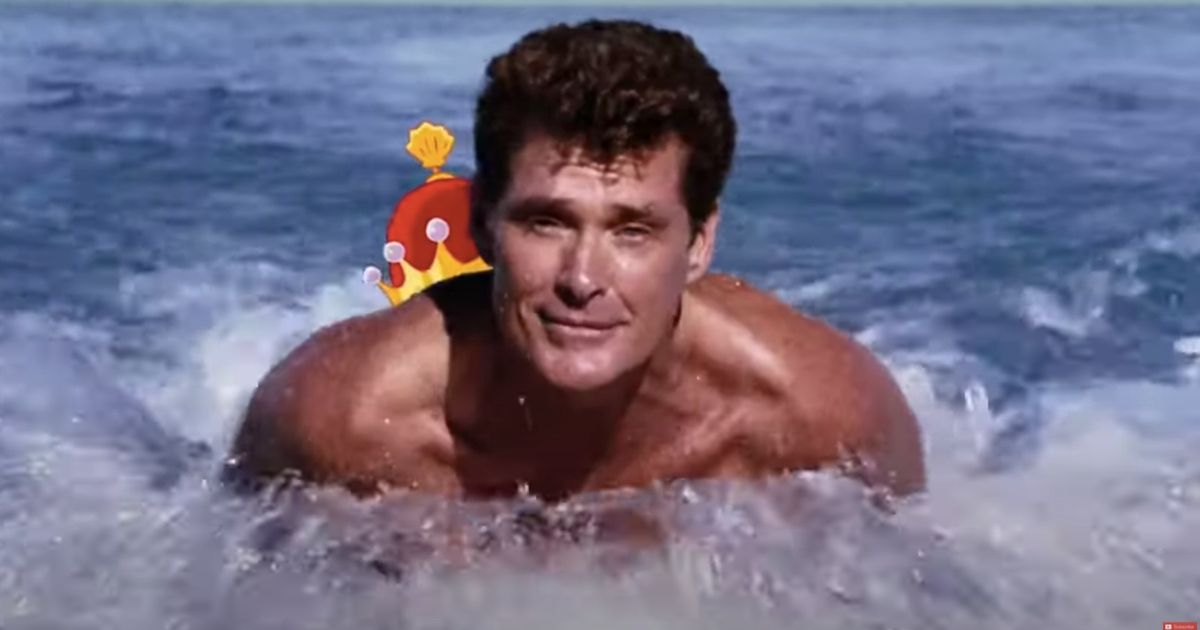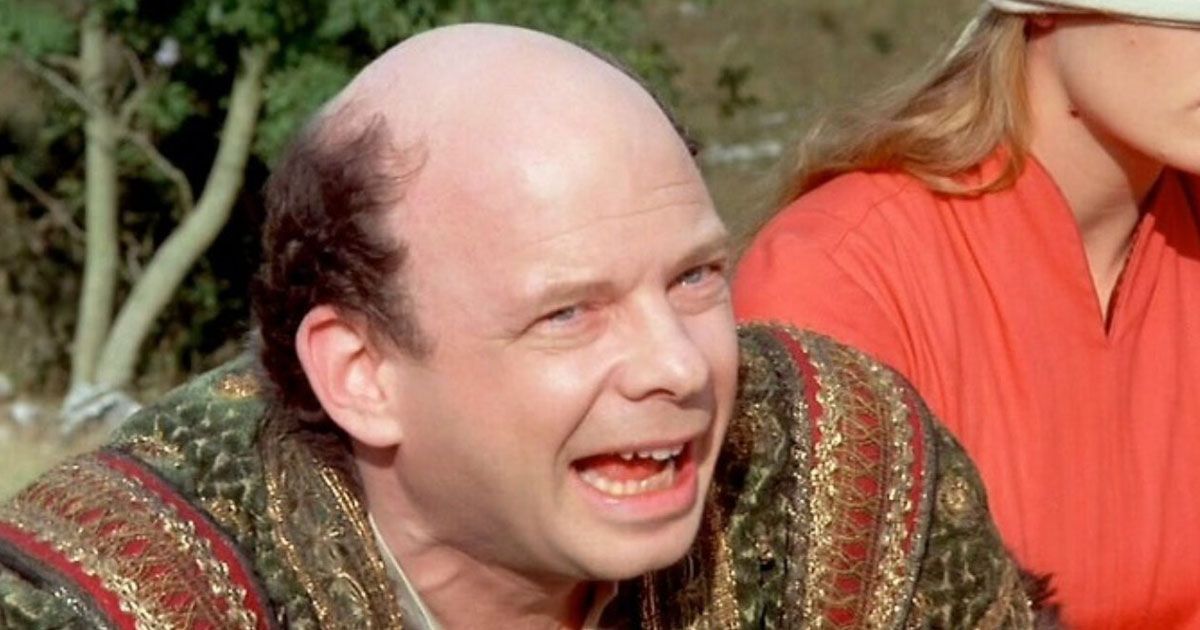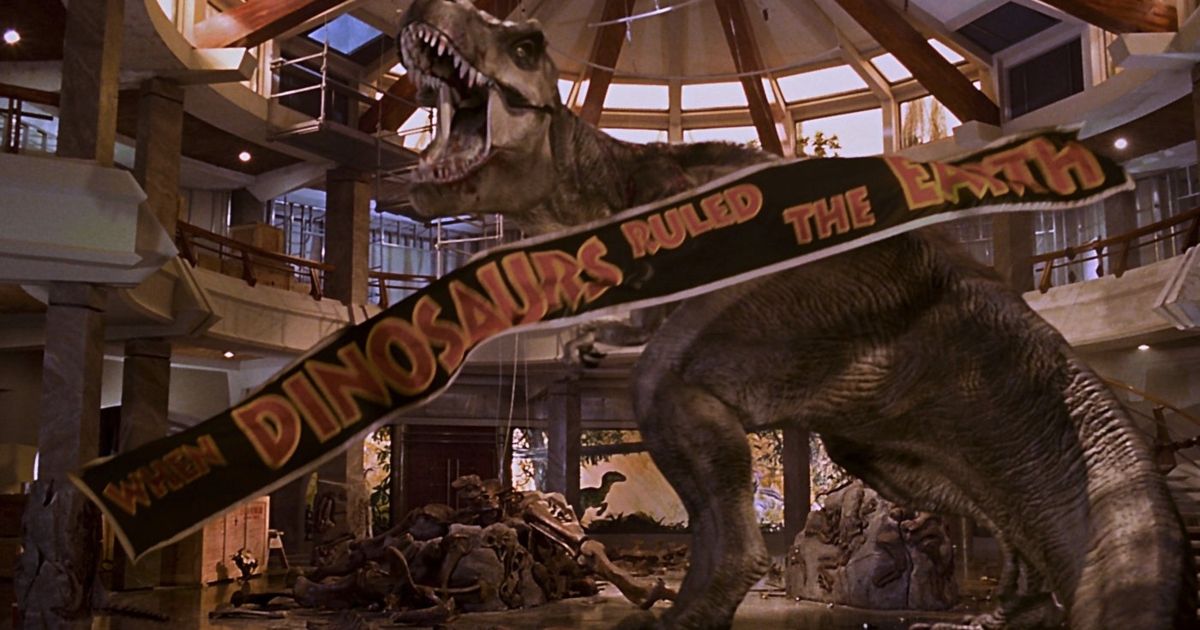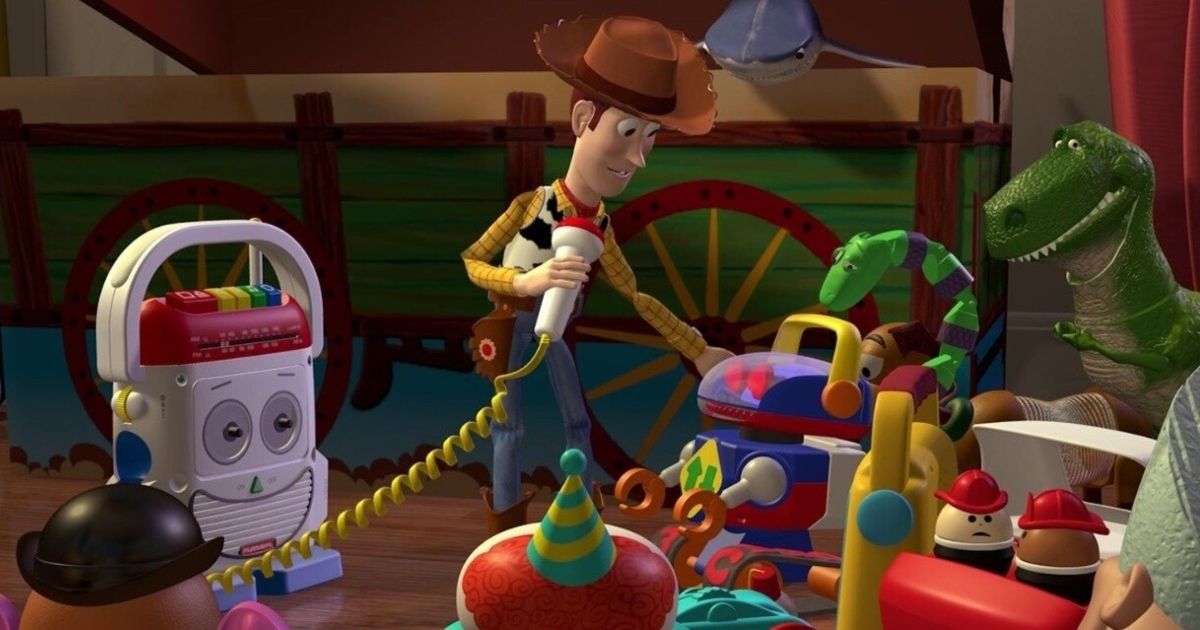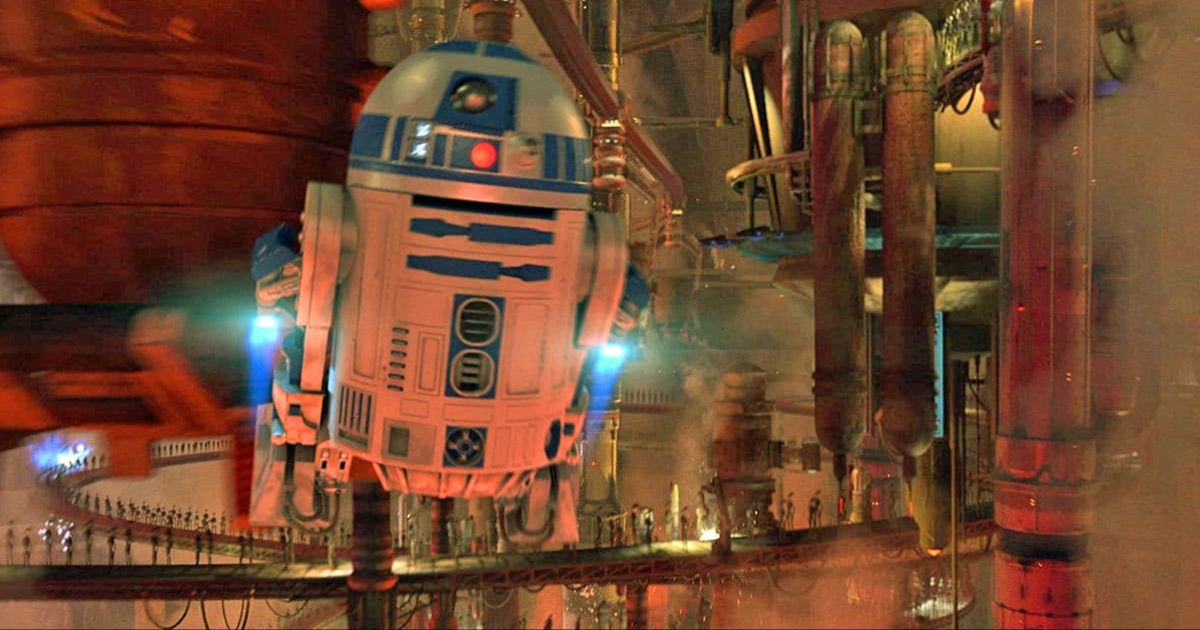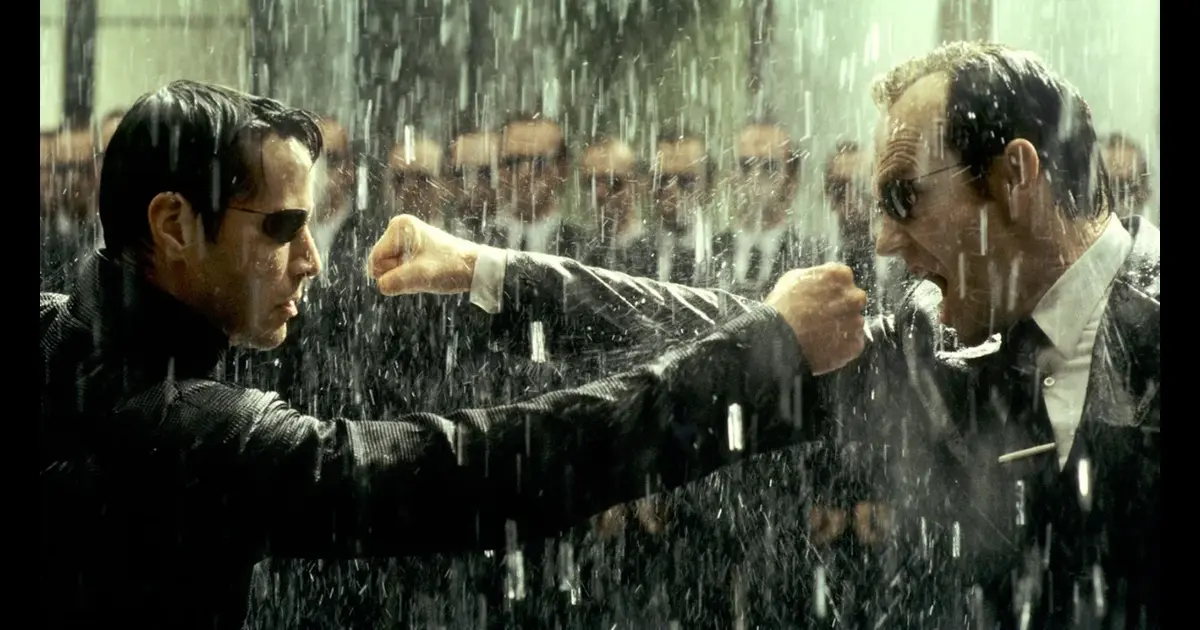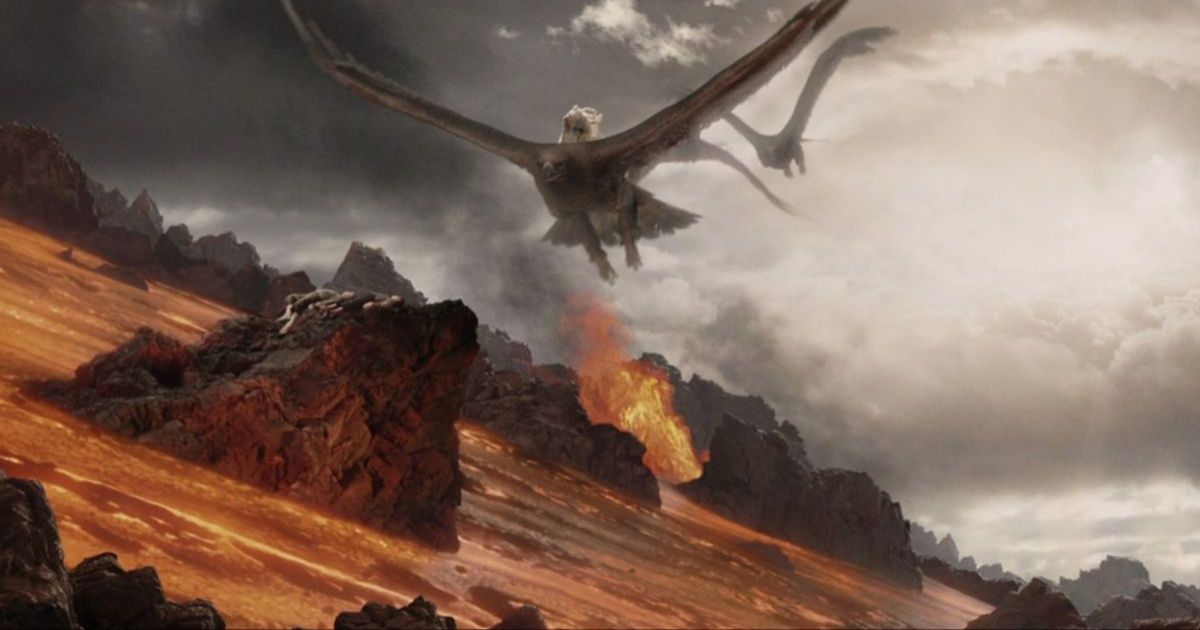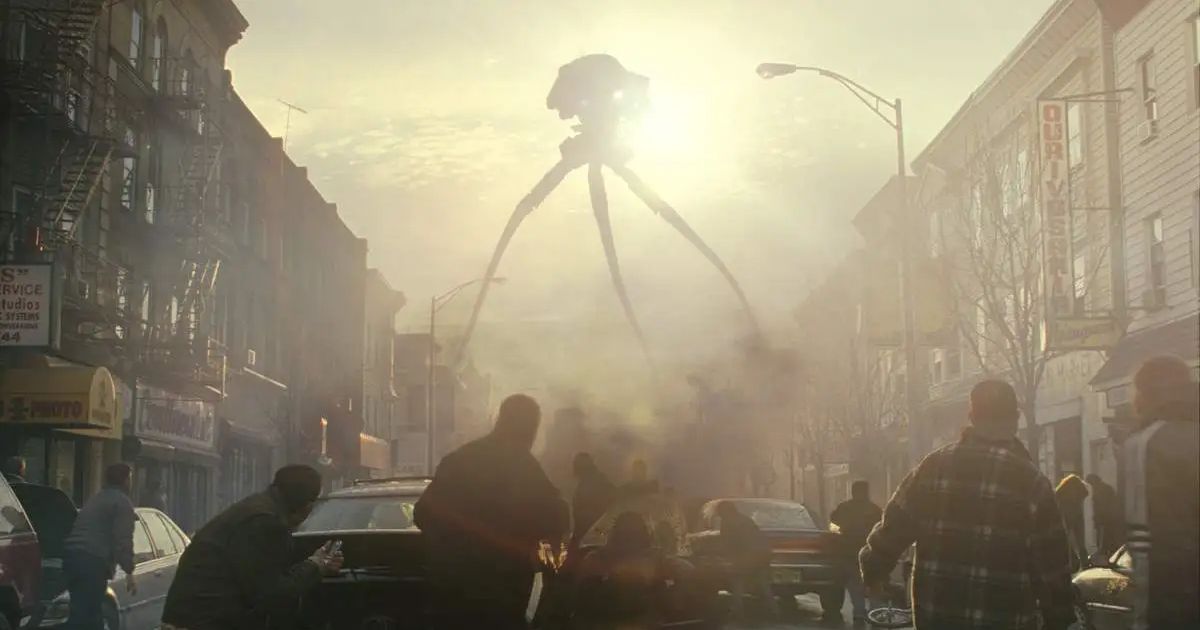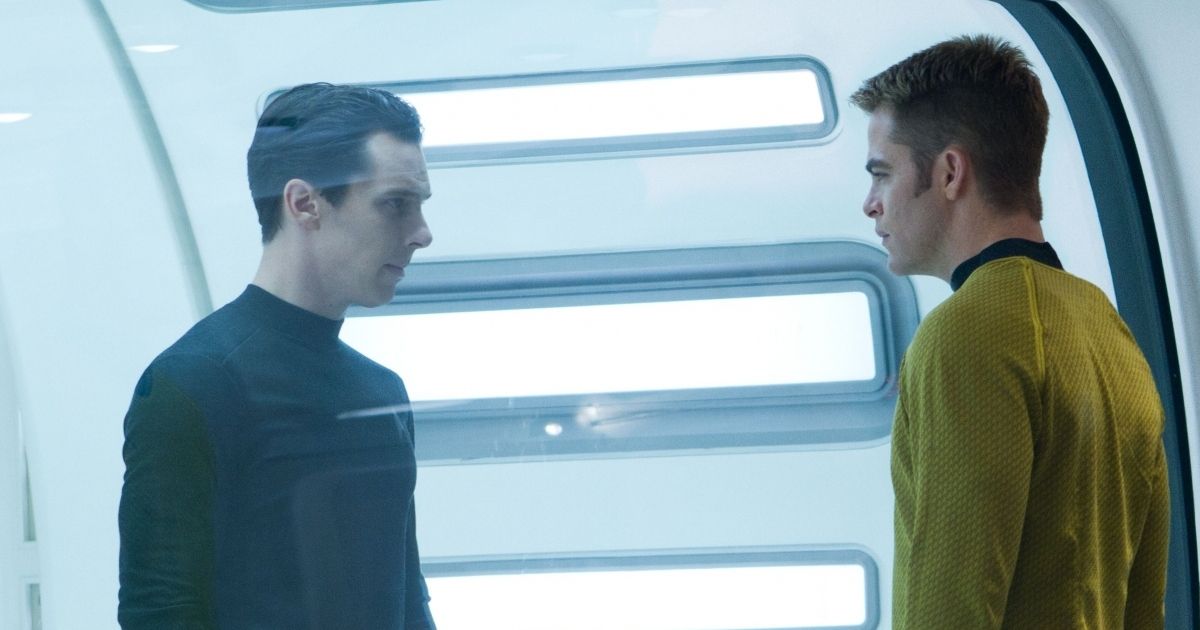Deus ex machina, a Latin calque of a Greek term, translates in English to ‘God from the machine.’ What it means is that dire circumstances are suddenly reversed either by a character’s newfound ability or the arrival of an extra powerful character just in the knick of time.
It’s when a conflict is resolved just a little too swiftly. And yet, the plot device can work. At least, it’s not as if every one of the following examples sunk the movie. Some function within the narrative, others don’t, but all of these deus ex machinas were featured in high-profile films.
10 Superman (1978)
The theatrical poster for Richard Donner’s Superman promised prospective ticket buyers of the time that they’d “believe a man can fly.” It wasn’t exactly wrong, but what they didn’t buy was Supes flying so fast around the Earth that it rotates backwards on its axis, reversing time and saving Lois Lane.
It’s not an ability that was ever utilized before, so fans were left both raising a brow and scratching their heads, while general audiences just did the latter. The climax of Man of Steel was controversial as well, but for much different reasons, but at least it wasn’t a movie resolved by the main character suddenly developing a newfound one-time ability.
9 The Princess Bride (1987)
Rob Reiner’s The Princess Bride was and remains a classic, and its silly tone allows for a deus ex machina or two. That said, given that it’s a fairy tale, it’s remarkable how many times The Princess Bride does not rely on a deus ex machina. It’s too clever a movie for that. But it does have its overtly convenient moments, like when Princess Buttercup leaps from a boat, attempting to escape Vizzini, Inigo Montoya, and Fezzik only to be met by massive eels. There are any number of times she should have been dragged beneath the water, but fortunately Fezzik’s strength is there just in time.
An even better example of the film’s usage of the deus ex machina is Vizzini’s attepted game of wits with Cary Elwes’ farmhand Wesley. Vizzini thinks he has the upper hand, that Wesley is the one who’s now poisoned, but he’s only half-right. Wesley has ingested poison, but he doesn’t go down, as he’s developed a tolerance to the particular type of poison Vizzini has chosen. He’s spiked both cups just to be certain. So, Vizzini dies, but like the audience he was certainly asking himself since when this guy was immune to poison.
8 Jurassic Park (1993)
Jurassic Park isn’t the only Steven Spielberg film to have its conflict resolved via a deus ex machina, but it’s perhaps the most glaring. And, while it’s a showstopping moment, it’s one of the classic adventure’s few that requires just a bit too much disbelief suspension.
Alan Grant and Ellie Sattler are shielding young Lex and Tim Murphy from what seems to be a bloody fate at the claws of some velociraptors. Then a T-Rex chomps down on one of them and thrashes it in the air, leading the other raptor to jump in attack. How the snarling expert hunters didn’t sense a massive Tyranosaur is a mystery. The same goes for the human characters, who are facing directly towards the massive dinosaur, yet don’t seem to notice it whatsoever until its jaw is clamped around the raptor.
7 Toy Story (1995)
The classic that birthed and popularized the Pixar brand, not to mention an ongoing franchise, Toy Story is still just a narrative where the two main characters are heavily assisted by a convenience. Specifically, a pizza truck (though, to be fair, it’s a particularly memorable looking delivery vehicle).
Andy and his mom are en route to Pizza Planet, but the quarreling Buzz Lightyear and Sheriff Woody hardly notice. In fact, they’re so distracted by their own fight they fall out at a gas station. They then see a Pizza Planet truck drive by the gas station, and correctly surmise (even though they have no way of doing so) that it belongs to the same business that delivered pizza to Andy and his mom earlier in the film.
6 Star Wars: Episode II − Attack of the Clones (2002)
Considered by many to be the worst of the Star Wars Prequel Trilogy, it’s not as if Star Wars: Episode II − Attack of the Clones is flawed front to back. That said, the R2-D2 flying scene was a bit much, especially considering he had been in all four films that preceded the second prequel film.
The moment in question takes place during the droid factory on Geonosis. At one point C-3P0 requires saving (per usual) and it’s up to R2-D2, who suddenly is able to traverse the dangerous factory on his little pair of rocket thrusters, an ability he’d had not once before. Its a head-scratching moment for anyone who had seen an installment of the original trilogy, which was almost certainly just about everyone who bought a ticket to Attack of the Clones.
5 The Matrix Revolutions (2003)
The Wachowskis’ Matrix saga got pretty complicated as it progressed. But the lackluster third installment, The Matrix Revolutions, is resolved in about as convenient (and on the nose) manner as possible. Neo and a dying Trinity finally enter Machine City with the hopes of stopping the slaughter. There, Neo meets the leader of the machines, literally called the Deus Ex Machina. He reveals Agent Smith’s plan to conquer both the machines and the world of man, the machines agree to his terms, and stop their attack on Zion.
It couldn’t be more blatant a lazy plot wrap-up if it tried, yet it would be more glaring if the rest of the surrounding movie wasn’t equally poor. Even still, it’s a down note of a trilogy ending that’s especially disappointing considering its following some truly inventive action sequences…at least from the first two films.
4 The Lord of the Rings: The Return of the King (2003)
Peter Jackson’s trilogy-capper The Lord of the Rings: The Return of the King received as many accolades as it did dollars, but one moment many viewers took issue with was the eagles. They come in right at the climax of the film, after the battle has concluded and Gollum has sunk into Mount Doom’s lava ring in hand.
But then the aforementioned lava starts spilling over, nearly engulfing the heroic Sam and Frodo. Then, as if by an extremely convenient miracle, Gandalf and his eagles soar in to save the Hobbits’ day. The Return of the King is a great film, and it’s difficult to imagine any other out for Sam and Frodo besides the eagles, but it still plays a little overly-swift and clunky.
3 The SpongeBob SquarePants Movie (2004)
On one hand, The SpongeBob Squarepants Movie was a bit of the series jumping the shark. On the other hand, it’s the last time the late Stephen Hillenburg, the series’ creator and showrunner for the first three seasons, would be fully in control.
Hillenburg intended for the movie to serve as the series finale, and without a doubt there’s a charm lacking in the seasons that followed (in which he was still involved, but to a greatly decreased extent). His idiosyncratic brand of humor is in the movie just as it’s in the first three seasons, right up to the live-action inclusion of Baywatch‘s David Hasselhoff, who’s there just in time to save SpongeBob and Patrick’s day.
2 War of the Worlds (2005)
Steven Spielberg’s War of the Worlds isn’t one of his best films. But its deus ex machina-provided resolution, while clunky, isn’t really to blame.
Like in H.G. Wells’ source material and the 1953 film, the Martians are defeated by their own inability to predict Earthbound pathogens. And, like the water-fearing aliens in Signs, they swiftly die off and retreat. It’s a little too swift a resolution, but that is only truly emphasized by the 2005 rendition’s plot padding. Regardless it’s an oft-criticized conclusion, and rightly so.
1 Star Trek Into Darkness (2013)
Star Trek Into Darkness may be better than one’s memory would suggest, but it still pales in comparison to the movies that bookend it. The special effects are a cut above, but the plot at its core is both riddled with conveniences and too adherent to the IP’s most famed moments.
For instance, Into Darkness‘ take on The Wrath of Khan‘s “Khan!” moment. Except, here, it’s Captain Kirk dying in a chamber and Spock doing the screaming. One thing that’s also changed from The Wrath of Khan is the newfound need for special blood to save the dying man. Dr. Leonard “Bones” McCoy sits in a chair and looks over at a little furry creature coming back to life. He correctly surmises that Khan’s blood has regenerative properties and uses it on Kirk, who is then miraculously saved just in time to help Spock take down Khan.
This story originally appeared on Movieweb

